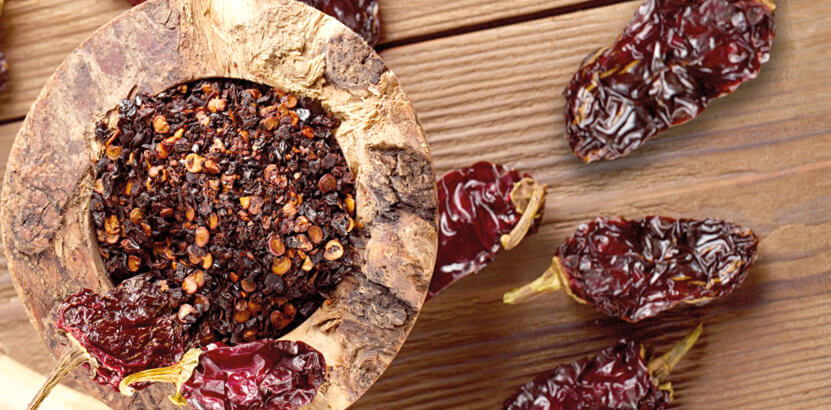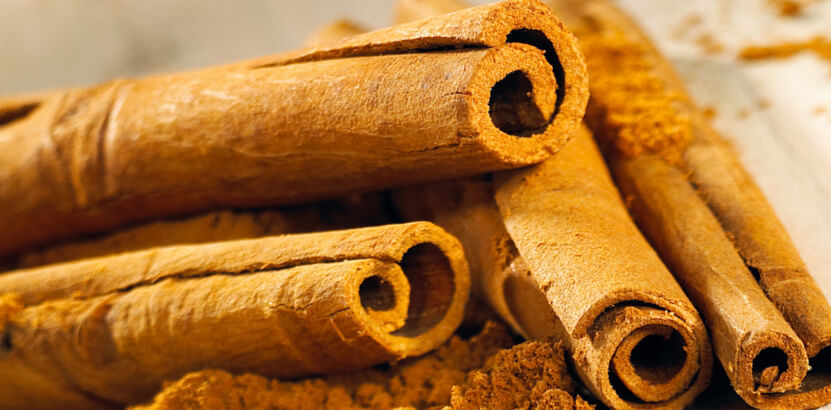synonyms: botanical family: origin: Classification: spice shape: taste odour: use: The aromatic lemon-scented spice is commercially available in the form of stems wrapped in the tightly fitting leaf sheaths. Similar to the leek family, the lemony aroma emanating from lemongrass is only released when the stable leaf sheaths are damaged. It is therefore usually cut into thin rings, chopped or pureed. Lemon grass is one of the most popular spices, mainly in Thai, Indonesian and Indian cuisine, for example for soups and broths, pan-fried dishes with meat, fish and vegetables, and especially for curry dishes, lemon grass should not be missing here. tip: Recipe suggestion: knowledge: botany: Home & Distribution: cultivation & extraction: history: Lemongrass
General information
Use
Things to know
 Botanical name:
Botanical name:
Cymbopogon citratus (DC.)STAPE
Malar grass, sereh grass, lemon grass
Sweet grass plants
southern Asia, Australia, Brazil
Herb
leaves
mildly lemony
mild lemon
In Asian cuisine, fish, chicken, stews, soups, wok dishes, seafood, beef, pork, salads, marinades, etc.
Only cook and do not eat
Lemongrass oil: Remove the root from 1 stick of lemongrass and cut it into 10 cm pieces. Lightly tap the stalks at the bottom end and put them in a bottle with a few leaves, fill up with peanut oil. Store in a tightly closed bottle, preferably with a cork stopper, in a cool place for 2-3 weeks. Goes well with Asian dishes.
Kitchen: Also refreshing as prepared tea. Leave to infuse for approx. 10 minutes.
Lemon grass (Cymbopogon citratus, Syn.: Andropogon citratus DC.), also called West Indian or Guatemalan lemon grass or Sereh, is a perennial, monocotyledonous plant and belongs to the sweet grass family (Poaceae). The medicinal name is Herba Andropogonis.
In Asia and Australia there are 50 different species of lemongrass, but only 2 of them are cultivated. The most commonly used lemon grass, also known as West Indian lemon grass, originally comes from South East Asia. East Indian lemongrass, which is cultivated further west, is rarely used for culinary purposes.
As a tropical plant, lemongrass is sensitive to frost, but can be wintered in conservatories. Lemongrass is particularly comfortable in a half-shaded place on nutrient-rich, always moist soil. In spring, it is cut back so that it sprouts abundantly.
Although ancient authors often speak of a grass-like or reed-like aromatic plant, it cannot be 100% certain that this is the lemongrass we know. The Old Testament also speaks of a "spice reed", which is possibly also lemon grass. There is also no clear evidence of this in the Old Testament. Towards the end of the Middle Ages, lemon grass was imported to Europe in large quantities by land and was already being used as a spice in breweries and as a perfume. However, no further historical information is known.
http://de.wikipedia.org/wiki/Zitronengras







